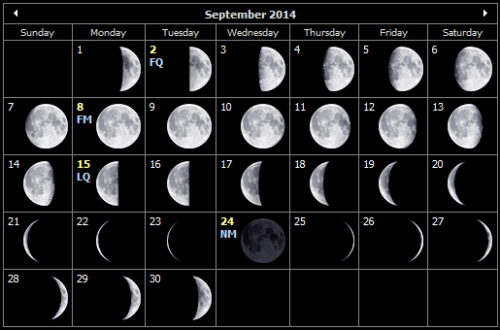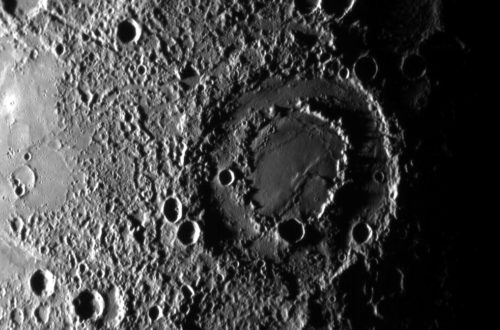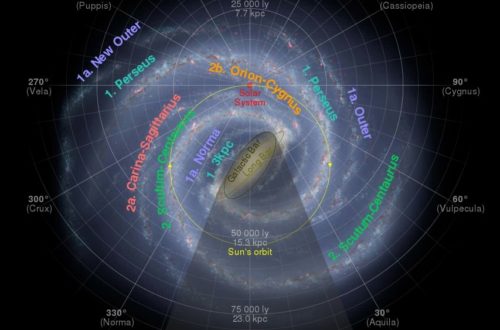Monthly Stargazing Calendar for October 2013
Looking for the October 2024 stargazing calendar?
This month there will be a lot of astronomical events. On October 3 Uranus was at opposition. The planet was at its closest approach to Earth and its face was fully illuminated by the Sun. That was the best time to view Uranus, but it will still be very good for the weeks to come. Due to its distance, it will only appear as a tiny blue-green dot in all but the most powerful telescopes.
Tonight (October 7 – 8) is the peak of the Draconids meteor shower. It is a minor meteor shower producing only about 10 meteors per hour during the peak, but some meteors can be seen one day before and after the peak. It originates from dust grains left behind by comet 21P Giacobini-Zinner, which was first discovered in 1900. The thin crescent moon will set early in the evening leaving dark skies for optimal observing, especially from a dark location far away from city lights. Meteors will appear to radiate from the constellation Draco.
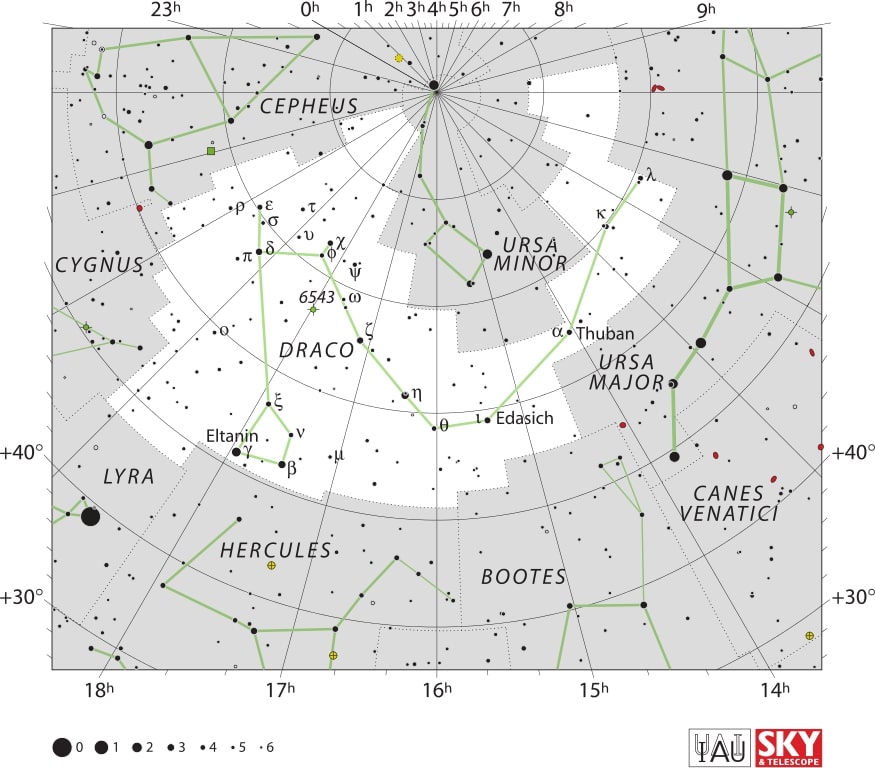
Would you like to be notified of stargazing events?
On October 9 Mercury will be at greatest eastern elongation. The planet will be at its furthest angle from the Sun, known as greatest elongation, which means it will be at its highest point in the night sky after sunset. This is the best time to try to view Mercury since it stays so close to the Sun and doesn’t usually climb very high above the horizon.
On October 18 there will be a penumbral lunar eclipse. Such an eclipse occurs when the Moon passes through the Earth’s partial shadow, or penumbra. The Moon will darken slightly but not completely. The eclipse will be visible throughout most of the world except for Australia and extreme eastern Siberia.
And finally on October 21 – 22 we will witness the peak of the Orionids meteor shower. It is an average shower producing up to 20 meteors per hour at its peak with some meteors visible from October 2 to November 7. It originates from dust grains left behind by comet Halley, which has been known and observed since ancient times. Unfortunately the waning gibbous moon will block some of the meteors this year, but the Orionids tend to be fairly bright so it could still be a good show. Meteors will appear to radiate from the constellation Orion.
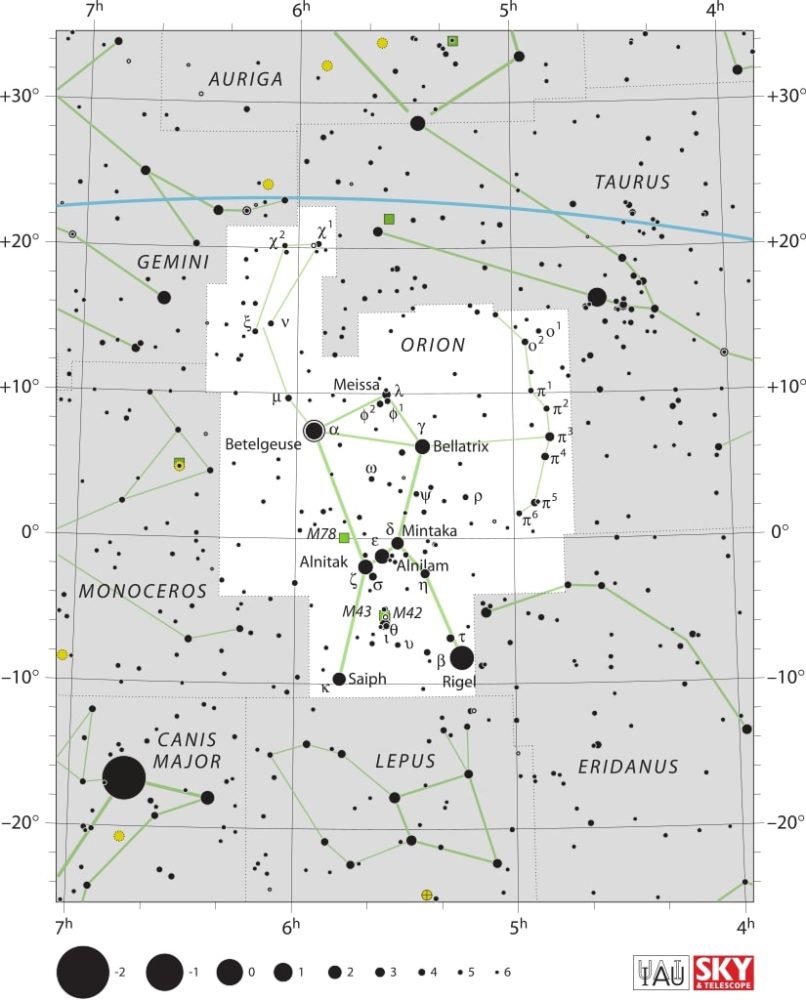
Moon phases
As you know, the moon has a big impact on the visibility of celestial bodies in the night sky. So here are the moon’s phases for this month:
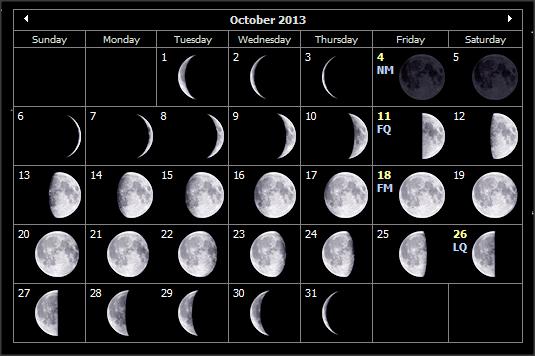
Positions of the planets this month
Mercury: The closest planet to the Sun can be seen at dawn and dusk travelling across the constellation of Libra. This planet, being the closest to the Sun, will appear to move quickly in the night sky and its position will change in the following weeks.
Venus: The sister planet can be seen between the constellations of Leo and Virgo. Just like Mercury, Venus can only be seen at dawn and dusk.
Mars: The red planet can be seen travelling across the constellation of Scorpius, not far from the planet Jupiter.
Jupiter: The gas giant is visible in the constellation of Gemini. Jupiter can easily be spotted with the naked eye, even in highly illuminated cities.
Saturn: The ringed giant can be seen with the naked eye between the constellations of Virgo and Libra.
Uranus: The gas giant can be seen between the constellations of Pisces and Cetus with the use of a telescope.
Neptune: The blue giant requires a telescope pointed in the constellation of Aquarius in order to be seen.
Major astronomical events next month
- November 3 – Hybrid Solar Eclipse.
- November 4, 5 – Taurids Meteor Shower.
- November 16, 17 – Leonids Meteor Shower.
- November 28 – Comet ISON Closest Approach to the Sun.
See also:
- Previous month’s calendar: [Hiatus] Stargazing Calendar for August 2013
- Next month’s calendar: Stargazing Calendar for November 2013
Would you like to receive similar articles by email?



